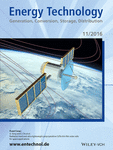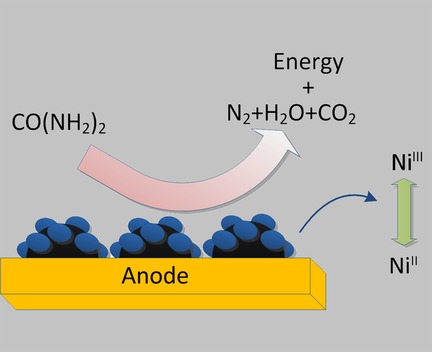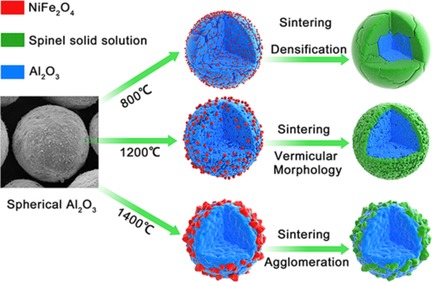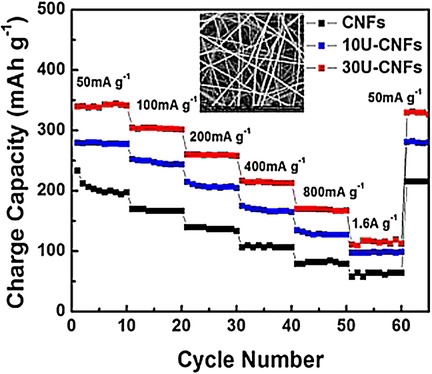Journal list menu
Export Citations
Download PDFs
Cover Pictures
Cover Picture: Radiation-Hard and Ultralightweight Polycrystalline Cadmium Telluride Thin-Film Solar Cells for Space Applications (Energy Technol. 11/2016)
- Page: 1328
- First Published: 11 October 2016
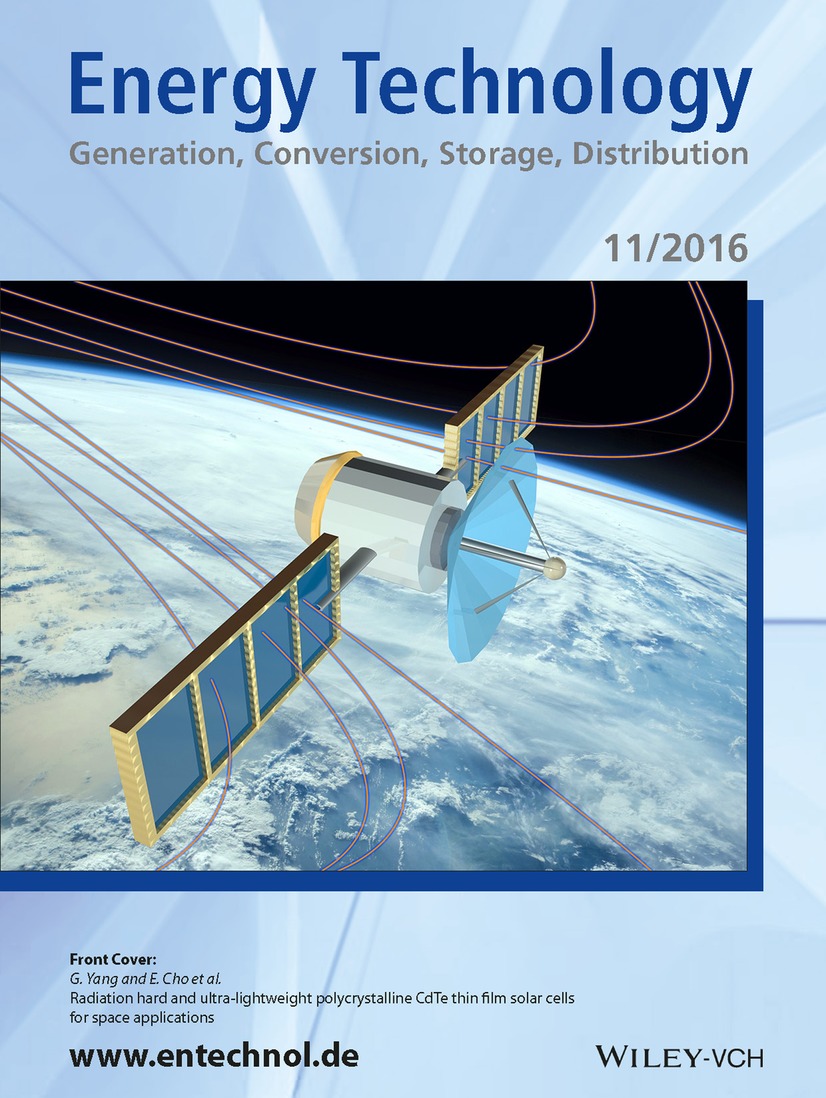
Ultra-lightweight CdTe thin film solar cells in space: The cover image depicts ultra-lightweight thin-film cadmium telluride (CdTe) solar cells as applied to the solar panels that power satellites. In the space environment, there are various radiation sources such as energetic particles and solar flares. Thus, solar cells that are robust to radiation are necessary for performing tasks in space successfully. Among various solar cell materials, CdTe thin films have the intrinsic radiation hardness suitable for aerospace applications. This work demonstrates robust and stable CdTe thin film solar cells on ultra-thin glass substrates. The cell secured its high specific power even after severe proton irradiation. High radiation hardness makes these CdTe solar cells feasible for long-term space missions. More details can be found in the Full Paper by G. Yang and E. Cho et al. from Korea University on page 1463 in Issue 11, 2016 (DOI: 10.1002/ente.201600346).
Reviews
Urea-Based Fuel Cells and Electrocatalysts for Urea Oxidation
- Pages: 1329-1337
- First Published: 04 July 2016
Development, Status, and Prospects of Coal Tar Hydrogenation Technology
- Pages: 1338-1348
- First Published: 25 August 2016

Tarred and feathered: Transportation fuels obtained from mid-to-low-temperature coal tar hydrogenation do not meet the national standards. Therefore, the transformation of the development direction is particularly important. If high-value-added specialty oil is developed, technical and economic advantages can be achieved from this raw material. The naphtha produced from coal tar hydrogenation can be used to make a variety of organic chemicals.
Full Papers
Effective Macroporous Core–Shell Structure of Alumina-Supported Spinel Ferrite for Carbon Dioxide Splitting Based on Chemical Looping
- Pages: 1349-1357
- First Published: 21 July 2016
Potassium-Based α-Manganese Dioxide Nanofiber Binder-Free Self-Supporting Electrodes: A Design Strategy for High Energy Density Batteries
- Pages: 1358-1368
- First Published: 20 May 2016
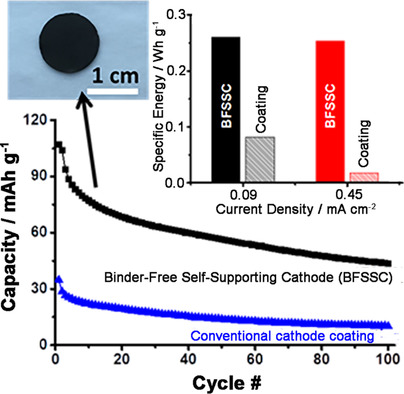
Mind the gap: Binder-free self-supporting (BFSS) cathodes are prepared from redox-active, high aspect ratio, fibrous, potassium-containing α-MnO2 nanofibers (K-OMS-2). This approach eliminates the need for a binder and current collector, which decreases the gap between the actual and theoretical battery gravimetric energy density through minimizing the passive components of the electrode.
Assessment of Solar-to-Fuels Strategies: Photocatalysis and Electrocatalytic Reduction
- Pages: 1369-1391
- First Published: 03 June 2016
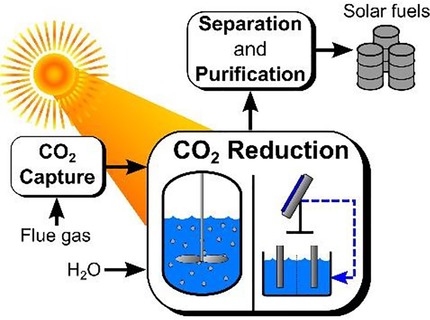
Making fuels from sunlight, CO2, and water: We present a general framework for 1) the economic assessment and 2) the identification of key process targets of two possible solar refinery configurations that convert CO2 and water directly into fuels. The processes employ the single-step direct conversion of CO2 to fuels, using methanol as a representative product.
Characteristics of Methane Adsorption in Micro–Mesoporous Carbons at Low and Ultra-High Pressure
- Pages: 1392-1400
- First Published: 27 July 2016
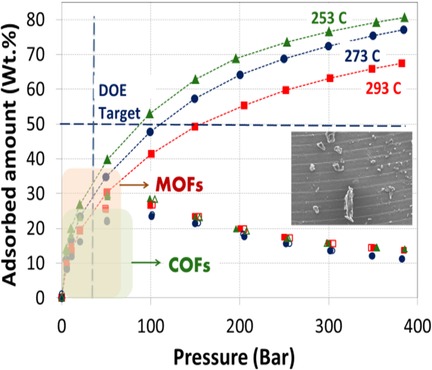
Under pressure: Adsorbed natural gas (ANG) is a suitable means for onboard storage of methane in vehicles. Three different micro-mesoporous carbons are examined for methane adsorption at low- (1 bar) and ultra-high-pressures (400 bar). The highest volumetric storage densities obtained are higher than most of the metal–organic framework (MOF) and covalent–organic framework (COF) materials reported in the literature, and show that porous carbons are an optimum choice for onboard methane storage.
Porous-Resin-Supported Calcium Sulfate Materials for Thermal Energy Storage
- Pages: 1401-1408
- First Published: 24 August 2016
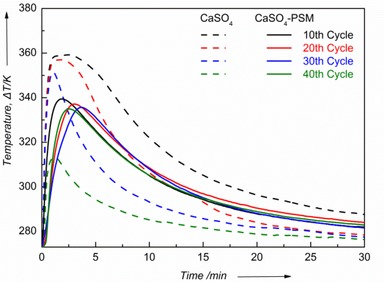
What′s in store: A porous-resin-supported calcium sulfate (CaSO4-PSM) material with high-density and high reactivity is developed for chemical heat storage, based on its hydration/dehydration cycle. Aggregation of the CaSO4 particles before and after repetitive operations can be eliminated, and a good durability of the new porous supported thermal energy storage material CaSO4 is obtained.
γ-Alumina Nanorod/Reduced Graphene Oxide as Support for Poly(ethylenimine) to Capture Carbon Dioxide from Flue Gas
- Pages: 1409-1419
- First Published: 13 July 2016
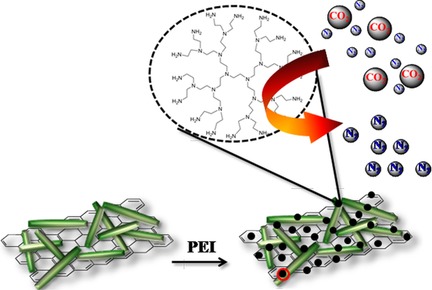
Composite adsorbent: We synthesize a γ-alumina nanorod/reduced graphene oxide composite with a high surface area and enhanced thermal conductivity. This composite is an excellent support for poly(ethylenimine) (PEI) for the capture of CO2 from flue gas at a high temperature (75 °C). The composite shows an excellent performance for CO2 capture (≈200 mg gPEI−1 with an amine efficiency of 0.22) at 75 °C and release at 100 °C with recyclability.
Self-Supported Lithium Titanium Oxide Nanosheet Arrays Decorated with Molybdenum Disulfide for High-Performance Lithium-Ion Batteries
- Pages: 1420-1426
- First Published: 29 July 2016
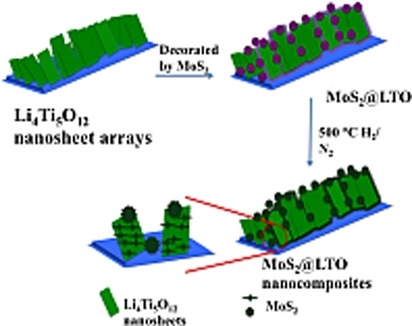
Composite delight: Nanocomposites of molybdenum disulfide and lithium titanium oxide (MoS2@Li4Ti5O12) are fabricated through a hydrothermal process. When applied in lithium-ion batteries, the prepared samples exhibit high capacity, good rate capability, outstanding cycle stability, and a wide operating temperature range extending from −15 to 55 °C. The innovative materials offer a novel method for the synthesis of composites used batteries.
Maximum Power Point Tracking to Increase the Power Production and Treatment Efficiency of a Continuously Operated Flat-Plate Microbial Fuel Cell
- Pages: 1427-1434
- First Published: 04 August 2016
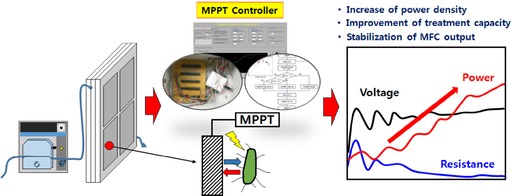
Maximum power point tracking for MFCs: Microbial fuel cells (MFCs) can generate electricity from various organic materials and wastewaters by using a dynamic exoelectrogenic biocatalyst. A logic-based algorithm to achieve maximum power point tracking (MPPT) for MFC interfaced to a digitally actuated variable resistive load is developed. The effects of operational parameters such as organic loading rate (OLR), hydraulic retention time (HRT), and sampling interval (SI) are examined.
Cobalt Oxide–Tin Core–Shell Nanowire Arrays as High-Performance Electrodes for Lithium-Ion Batteries
- Pages: 1435-1439
- First Published: 03 August 2016

Looking to get arrays: Arrays of cobalt oxide (Co3O4) nanowire on a titanium substrate are synthesized by a hydrothermal process and subsequent annealing approach. A layer of tin is deposited onto the Co3O4 nanowire arrays by direct RF-sputtering. When used as anode materials in lithium-ion batteries, the Co3O4–Sn core–shell nanowire electrodes show better cyclability and enhanced rate capacities compared to bare Co3O4 electrodes.
Synthesis of Nitrogen-Doped Electrospun Carbon Nanofibers as Anode Material for High-Performance Sodium-Ion Batteries
- Pages: 1440-1449
- First Published: 30 August 2016
Hierarchical Porous Nanostructures of Manganese(III) Oxyhydroxide for All-Solid-State Flexible Supercapacitors
- Pages: 1450-1454
- First Published: 16 August 2016

Mn-O-O-H, that spells…: A porous hierarchical nanostructure of manganese(III) oxyhydroxide (MnOOH) is successfully grown on a flexible carbon fiber fabric (CFF) by a facile hydrothermal method. The porous hierarchical structure offers a large surface area, an abundance of electroactive sites, and efficient ion transport paths. These features greatly improve the electrochemical performance of MnOOH supercapacitors (SCs).
A Systematic Investigation of Permeation Barriers for Flexible Dye-Sensitized Solar Cells
- Pages: 1455-1462
- First Published: 01 September 2016
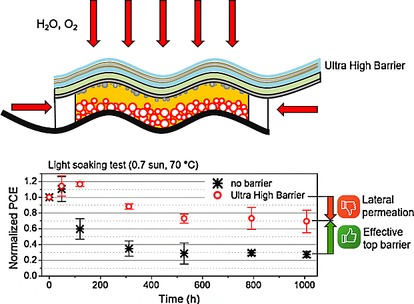
Ultrahigh barriers for flexible dye-sensitized solar cells: Both shelf-life and accelerated-light-soaking tests are performed to evaluate different barriers to gas/water permeation for dye solar cells. Ultrahigh barriers improve device stability by 33 % compared to other barriers, doubling the lifetime of the cells. The reduced, though still noticeable, performance loss is due to lateral permeation. Efficient solutions for edge encapsulation must be developed to extend lifetimes further.
Radiation-Hard and Ultralightweight Polycrystalline Cadmium Telluride Thin-Film Solar Cells for Space Applications
- Pages: 1463-1468
- First Published: 09 September 2016
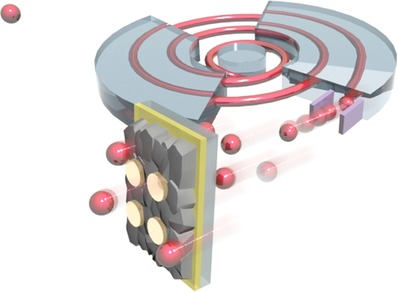
Apt for aerospace applications: Ultralightweight thin-film cadmium telluride (CdTe) solar cells are tested in realistic space conditions. The cells demonstrate remarkable radiation hardness for outer-space tasks. Even after severe proton irradiation, corresponding to over 2000 years in low earth orbit, they achieve high specific power values. Such high radiation hardness shows the feasibility of the CdTe solar cells for long-term space missions.




